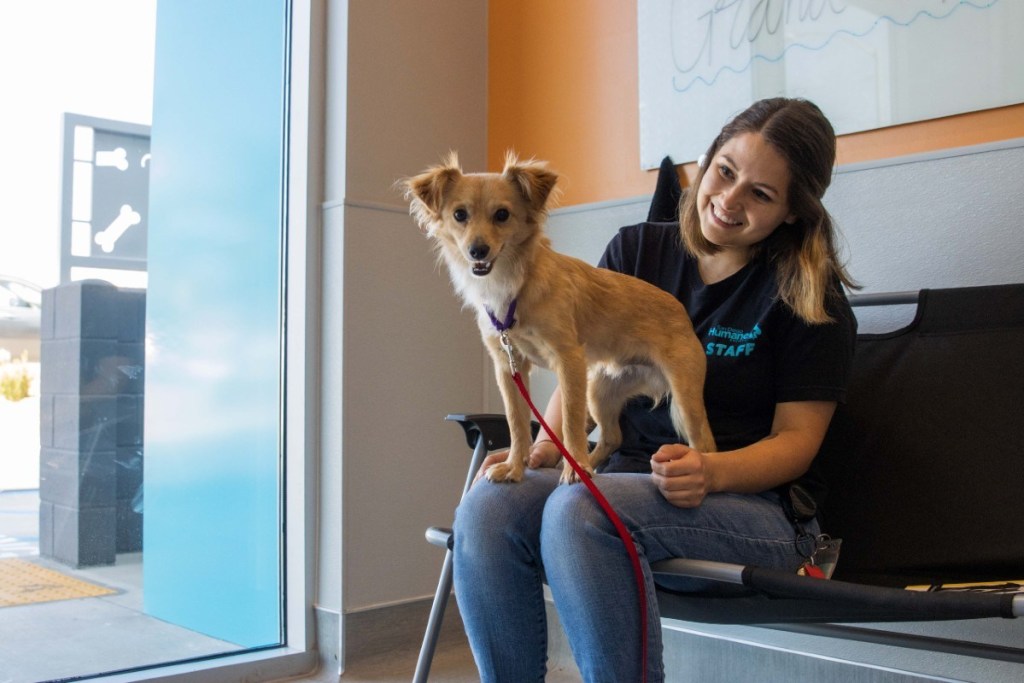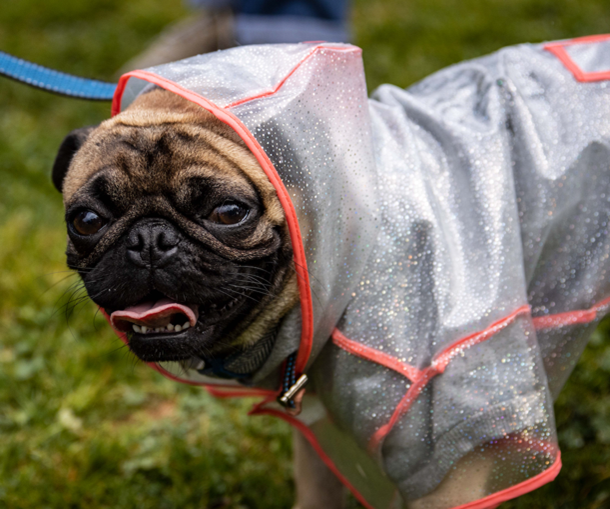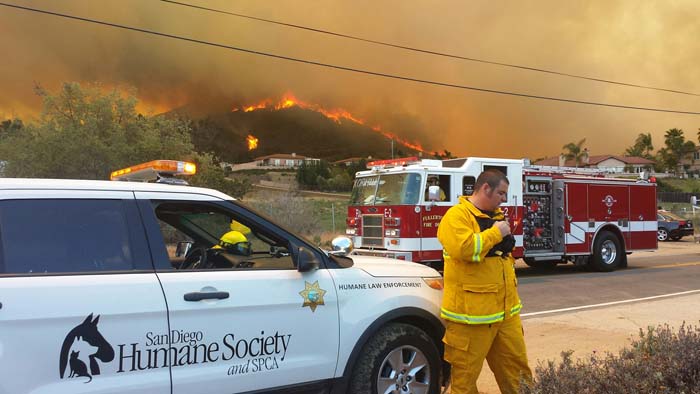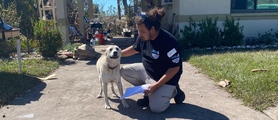Start the New Year Off Right with Positive Reinforcement Pet Training

January is National Train Your Dog Month, and we're encouraging pet parents to take advantage of our free and low-cost resources for positive reinforcement training. In addition to providing lifesaving training for shelter pets with behavioral challenges, we help the community by offering over 40 training classes (with many now available online via Zoom), a Behavior Helpline and an online resource center with articles and videos.
The positive reinforcement approach taken by our trainers is the key to success for shelter animals and owned pets alike. The basic idea is that all animals (including humans!) will repeat behaviors that lead to positive experiences and rewards. Whether the behavioral problem is barking, chewing, reactivity or separation anxiety, positive reinforcement helps pet owners bring out the best in their dog because it is all about building trust and a stronger relationship.
“Dog training can and should be fun for both people and dogs, and it’s even more fun and effective when positive reinforcement techniques are used,” said Vice President of Behavior Programs Amanda Kowalski. “In fact, research shows that it is the best choice, not only for getting the desired behaviors but also for improving our relationships with our dogs and for their welfare. While some pet owners prefer to use more traditional techniques such as positive punishment or negative reinforcement, the same research shows that these methods are associated with a higher risk of aggressive behavior towards family members and strangers.”
For some pet owners, access to behavior and training resources can be life-changing. Behavioral challenges are one of the most common reasons pets are relinquished to shelters — which is why these resources are so essential. They provide pet owners with the opportunity to strengthen their bond with their pets and learn effective positive-reinforcement behavior and training skills.
Putting Positive Reinforcement into Action
Here are a few tips from San Diego Humane Society’s behavior and training team to help pet owners get started:
- Reward desired behaviors: Keep a small portion of your pet’s regular food (with a few special treats mixed in) with you at all times and reward good behaviors as they happen.
- Notice the small stuff: Good behaviors involve more than just asking to go out and sitting on cue. They include sitting quietly while you’re on a call, looking at you when they hear a noise rather than running and barking, moving away from petting instead of swatting!
- Redirect for success: If an undesired behavior occurs, keep your reaction as neutral as possible and invite your pet to perform a more appropriate behavior that achieves the same intended outcome. For example, a dog jumping for attention gets ignored, but a dog approaching and sitting gets the attention they’re seeking! It’s impossible for our pets to know better unless they’ve been taught what “better” looks like and have been rewarded for it.
- Consider the reward: Rewards can be anything your pet finds valuable, including food, affection, experiences and choices! What your pet finds rewarding can change based on their excitement or stress levels, if they need to go potty or want to play. For example, a stressed pet may find affection or taking a break more valuable than food.
- Pace yourself: Learning happens at the pace your pet can succeed at. Stay patient with your animal and set them up for success by only asking for behaviors they can likely achieve!
A dog’s behavior is based on feedback from consequences of previous behaviors — meaning it’s never too early or late to begin training or working to change behaviors.
To learn more about our pet training resources, visit sdhumane.org/training and follow us on social media throughout January.
Published: January 3, 2022








